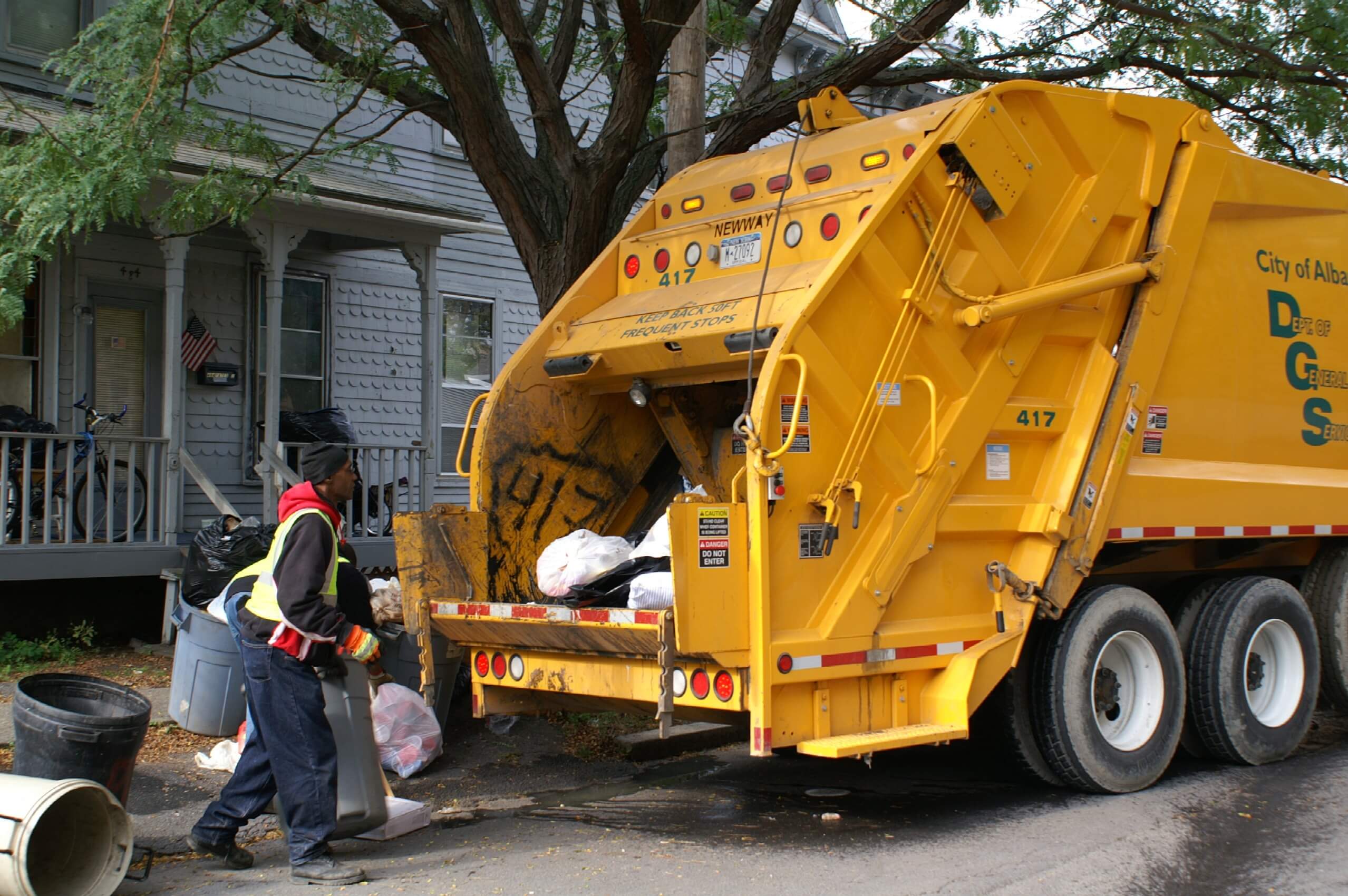Waste-to-Energy: Is It a Waste?

And while that’s undeniably true, it also calls to mind the discussions we’ve had here about the various technologies that have been developed to disassemble the molecules in our waste streams that release chemical energy and result in products that are far less obnoxious–in some cases, even beneficial.
Until we realized that combustion with atmospheric oxygen was harming the environment, burning trash was our go-to modality. Now that this is verboten, we invoke technologies like pyrolysis and its cousin, gasification, that use a combination of temperature and pressure, in the absence of oxygen, to get the job done.
The question frequently arises: given all the MSW around the globe and all the chemical energy it contains, why not build out an infrastructure of these facilities? As usual, the issue is cost. The prevalent price of energy from conventional and renewable resources is too low to make such an idea feasible.
Where all this gets interesting is where there are “tipping fees,” i.e., moneys paid to off-takers of MSW. Hundreds of cities around the world have intense problems with the accumulation of solid waste: its land use, odor, and pathogens–and desperately need to process MSW to alleviate these situations. In such cases, the value of the energy they produce is incidental.

Craig,
The problem of waste disposal has grown even more problematic with the decision by the PRC to discontinue importing waste for recycling.